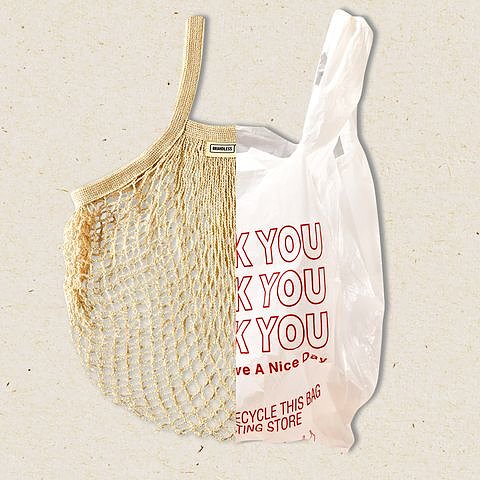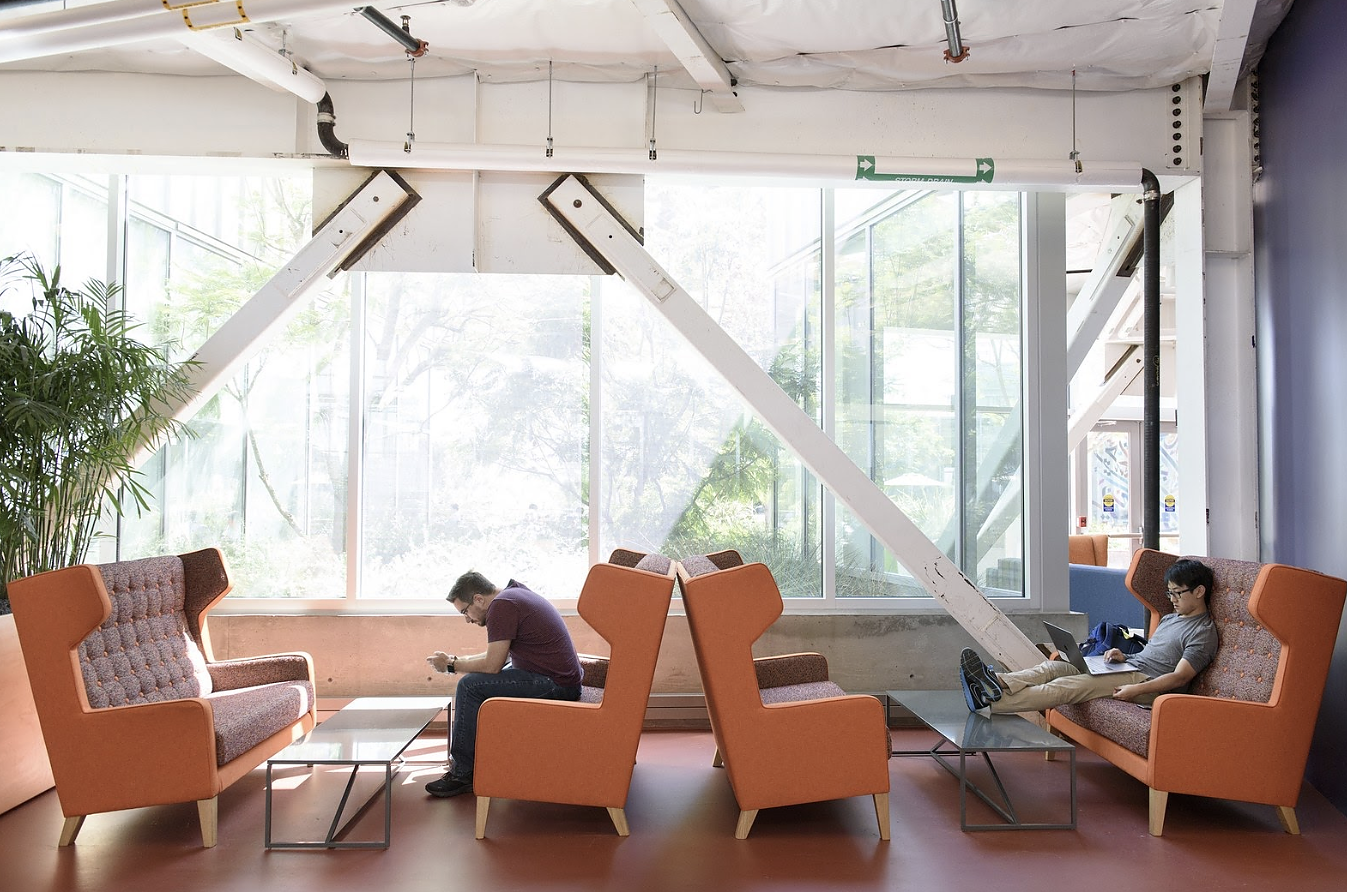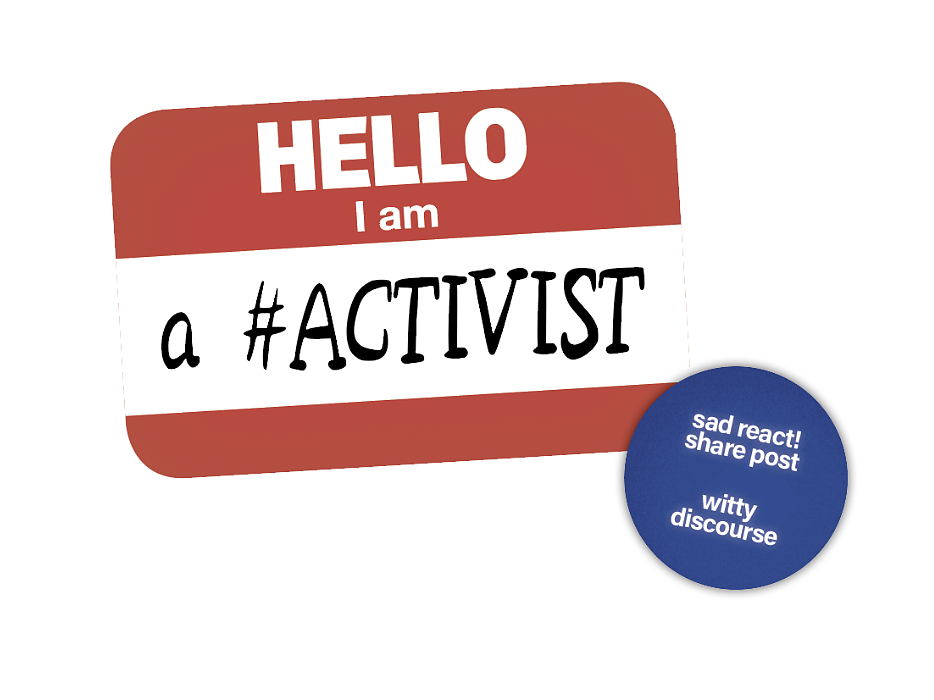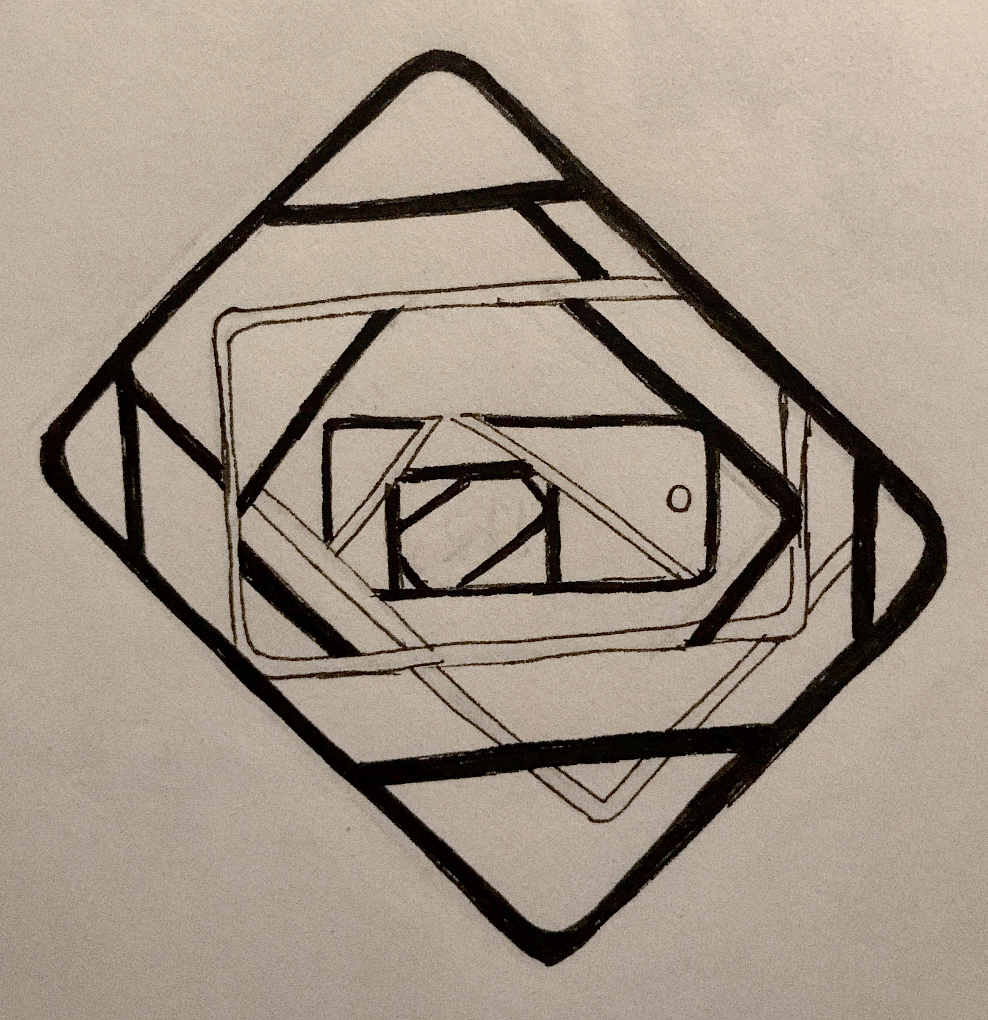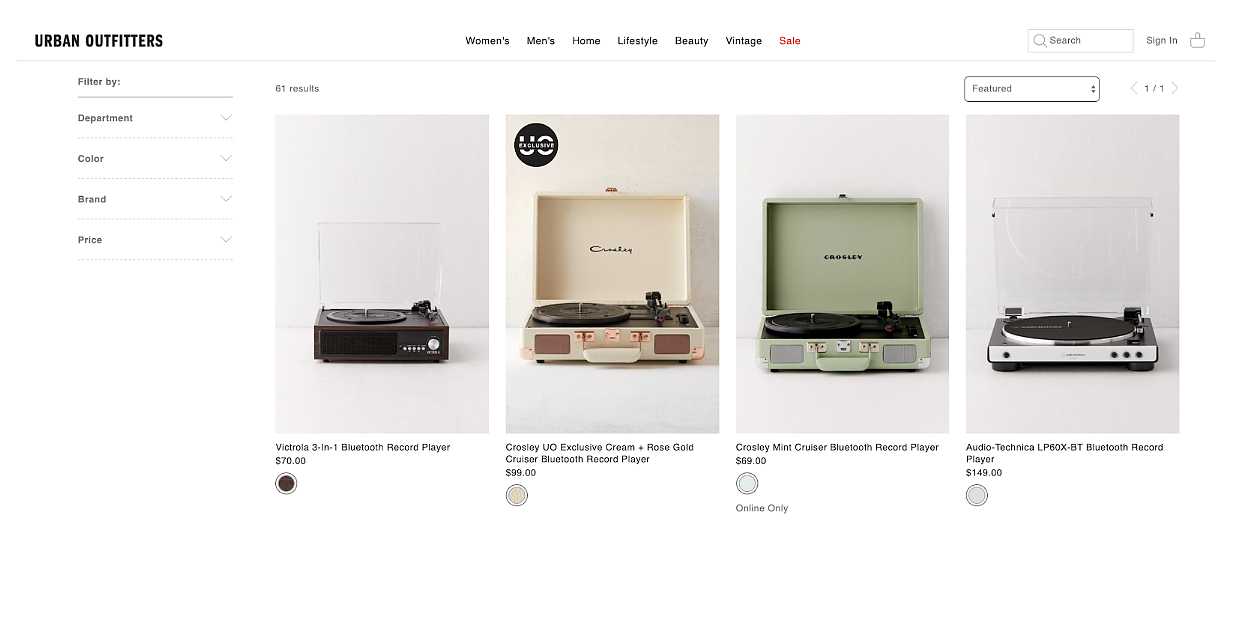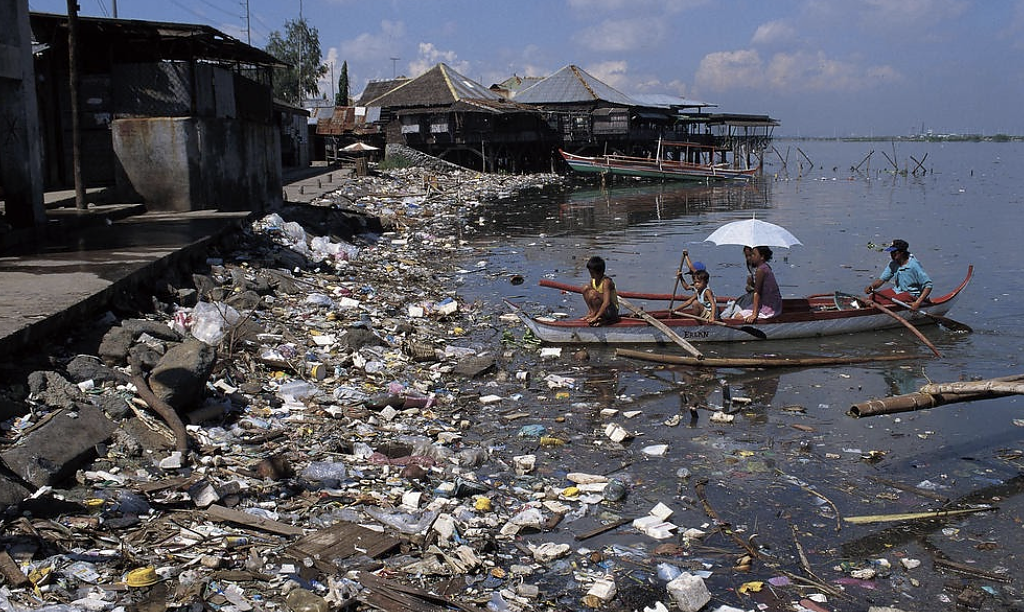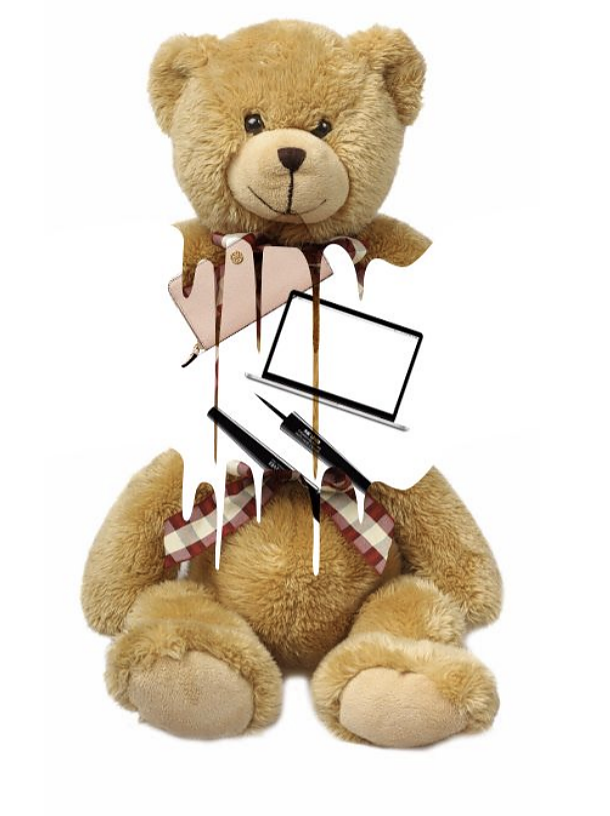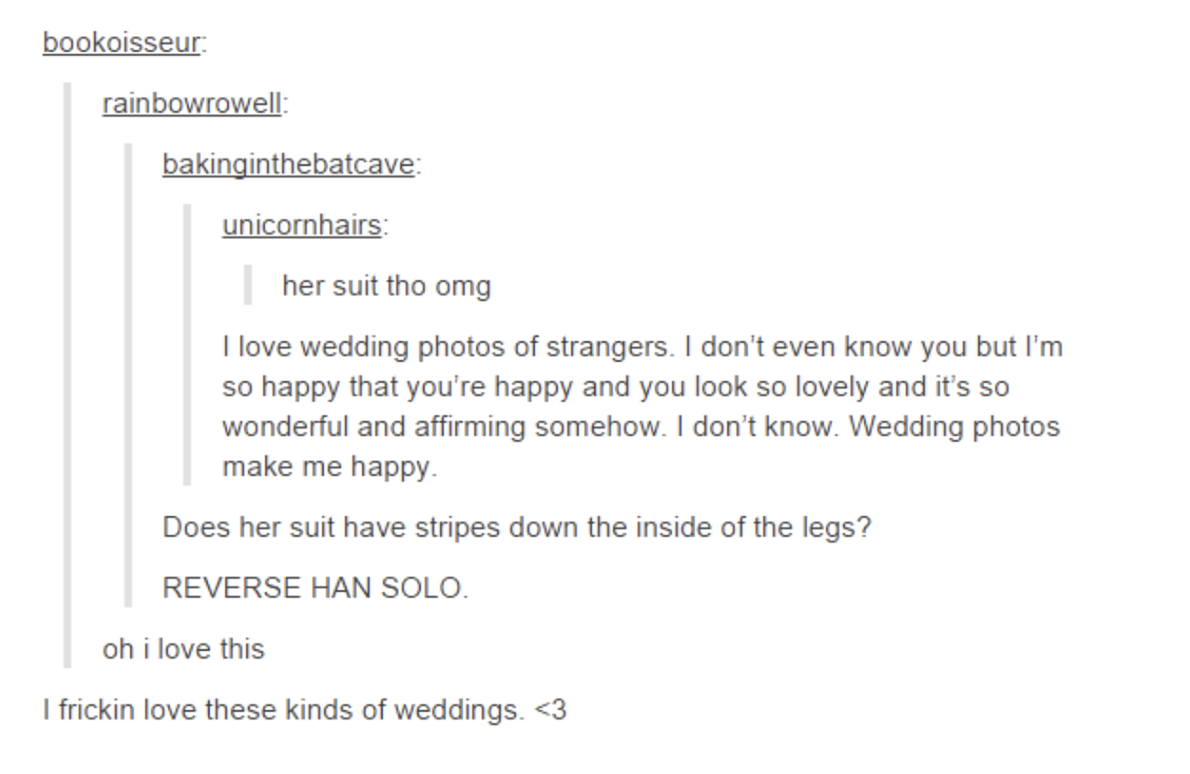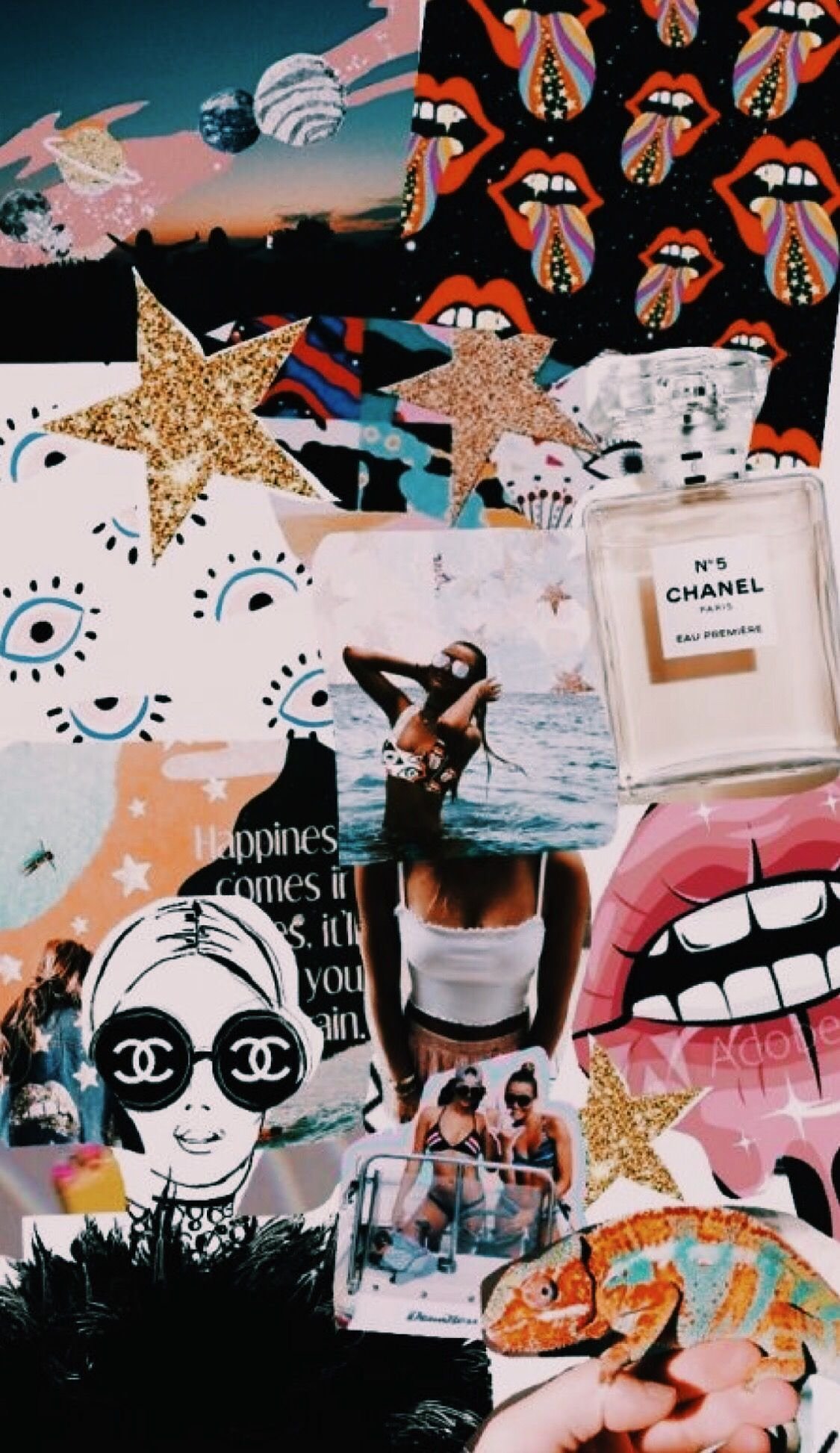Process
Week 1
We began brainstorming different themes and ideas that answered what the 2010’s looked like. We used the platform Mural to jot our ideas down on digital sticky-notes, and afterwards sorted through them and created categories (digital, change, and activism), which connected the ideas. We then chose three of these ideas and brainstormed ways to develop them through personal experience and visuals. The beginning of research is important in this stage.

Week 2
We dove deeper into a specific topic of our choosing. We used Sketch, a prototyping program, to get a basic digital sense of our ideas. We created layouts following the design system that was already established for the publication. The design system helped our class maintain a cohesive design identity and by manipulating the modules within the constraints, it allowed systematic creative expression.
Week 3
We showed our first drafts of our individual posts for a quick in-class critique. We used a content management system, or CMS, style website where we could upload our content and monitor the front end in real-time. We used modules that were a part of the design system, programmed by our professor, so we could add our own text and images to customize the layout of our pages. This stage is about editing your work and narrowing down content and the answer to the question “what did the 2010s look like?” We worked on presenting our work as journalism through the lens of graphic design.
Week 4
This was the home stretch of the project. We were put into three clusters, where we were given another aspect of the publication to work on: the process page, the participants page, and social media templates. Also, within our clusters, we provided each other critiques to help develop our individual posts. We worked on refining our writing and imagery so the publication would be ready to be posted.
Final Thoughts
We presented our projects along with an explanation of our design decisions. We also spoke about how our projects evolved as we developed a more personal attachment to our narratives. It was interesting to see how all of our projects were linked but each person took a different visual direction. Overall, the CMS helped our posts maintain a cohesive aesthetic. We were left with a better understanding of what the 2010s looked like.
